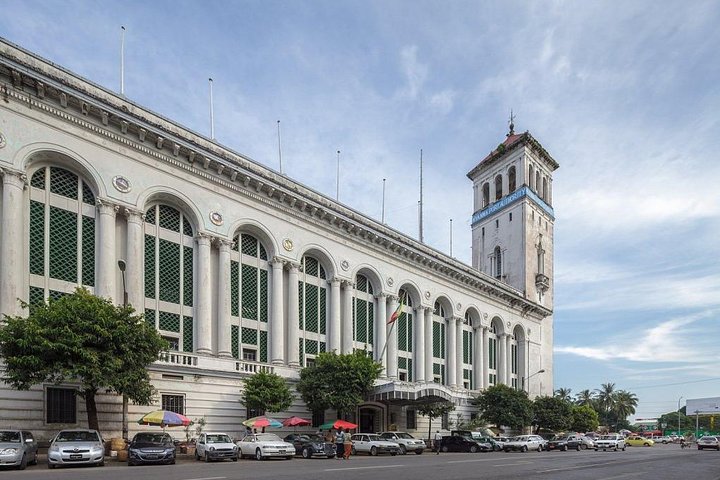Exploring Yangon: A Culinary Journey Through Time and Tradition
Eager to immerse myself in the vibrant culture of Yangon, I embarked on a walking and riding foodie tour that promised a taste of local life and cuisine. Join me as I explore the city’s colonial echoes and modern rhythms.
A Stroll Through Time: Colonial Echoes and Modern Rhythms
As I embarked on the Yangon Foodie Tour, I was immediately enveloped by the vibrant tapestry of Yangon’s downtown. Our journey began at the iconic Maha Bandula Park, where the Independence Monument stands as a testament to Myanmar’s rich history. The colonial-era buildings surrounding the park whispered stories of a bygone era, their architectural grandeur a stark contrast to the bustling modernity of the city.
Our guide led us through the lively streets, each corner revealing a new facet of Yangon’s cultural mosaic. The Pansodan jetty offered a serene view of the river, a moment of calm amidst the city’s energetic pulse. As we wandered through the colorful morning market, the aroma of Mohingha, Myanmar’s unofficial national dish, wafted through the air, inviting us to indulge in its savory warmth. This dish, a comforting blend of rice noodles and fish soup, is a staple for locals, and tasting it felt like a rite of passage into the heart of Myanmar’s culinary tradition.
Riding Through the Heart of Yangon: Trishaw Adventures
Transitioning from walking to riding, we hopped onto trishaws, a quintessential mode of transport that allowed us to weave through the city’s intricate tapestry. The trishaw ride was more than just a means of transportation; it was an intimate glimpse into the daily lives of Yangon’s residents. As we pedaled through the historic Pansodan Street, the colonial buildings stood as silent witnesses to the city’s evolution, their facades adorned with relics of a time when Yangon was a colonial hub.
Our journey took us to the majestic Saint Mary Cathedral, a neo-Gothic marvel dating back to 1909. The cathedral’s towering spires and intricate stained glass windows were a testament to the city’s diverse cultural influences. As we continued our ride, the Secretariat Building loomed ahead, one of Yangon’s grandest colonial structures. Its imposing presence was a reminder of the city’s complex history, a blend of colonial past and vibrant present.
Tea and Reflection: A Taste of Local Life
The final leg of our tour brought us to a local tea shop, a quintessential part of Burmese culture. Here, amidst the clinking of cups and the hum of conversation, we savored Burmese tea and snacks, a delightful end to our culinary journey. The tea shop was more than just a place to enjoy a warm beverage; it was a window into the social fabric of Yangon, where locals gather to share stories and laughter.
As we rode back to the downtown area, the backstreets of Yangon unfolded before us, each alleyway a testament to the city’s vibrant spirit. The tour concluded, but the memories lingered, a tapestry of flavors, sights, and sounds that captured the essence of Yangon. This experience was not just a tour; it was a journey into the soul of a city that thrives on its rich cultural heritage and dynamic present.









































